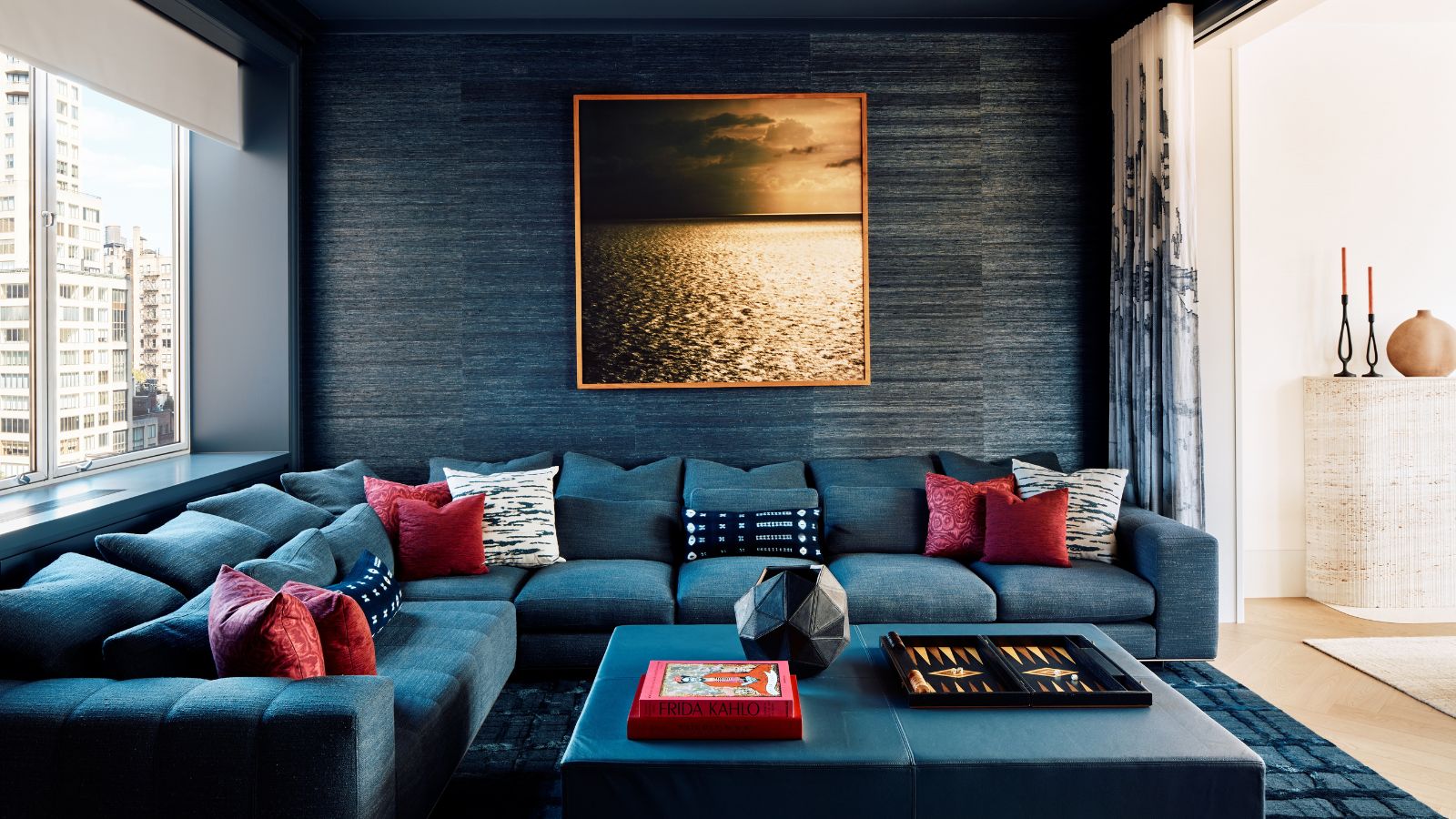The making business is a single of the most significant emitters of carbon, accounting for much more than a 3rd of electricity use, and 39% of vitality and process-associated carbon dioxide (CO2) emissions globally. That has prompted several to inquire the all-critical question: How can we design and style and construct properties that are more electricity-successful, reduced in embodied carbon, and resilient? A lot of pupils from all around the environment are carefully getting up this challenge, and in the method, checking out intriguing alternatives like impressive insulation approaches, zero-squander mushroom-primarily based making components, minimalism, modest house living, and cell power instruction centers.
About at the Coburg University of Applied Sciences and Arts in Germany, graduate structure students had been tasked with answering that quite issue of how to establish far more sustainably. The result is the Round Very small Residence (or shortened to CTH*1), an experimental 204-square-foot (19-square-meter) off-grid micro-residence that is built with recycled and renewable supplies, and strives to be carbon neutral, in addition to remaining based mostly on cradle-to-cradle concepts.
What Is Cradle-to-Cradle?
Cradle-to-cradle (C2C) is a way of planning products and solutions or processes that do the job far more like pure devices. This layout method is intended to replace a make-choose-dispose approach which commences with new uncooked materials mined from the earth and finishes with piles of garbage. Cradle-to-cradle as a strategy is frequently credited to Swiss architect Walter Stahel. Today, the phrase “cradle-to-cradle” is a registered trademark of McDonough Braungart Design and style Chemistry (MBDC) consultants.
As the designers of this project demonstrate, the challenge was prompted by a sequence of seminars, as effectively as growing calls for for assets in Germany, and all-around the environment:
“[The] building sector is responsible for 38 % of all CO2 emissions globally for an huge and constantly escalating intake of methods, and, for illustration, in Germany for all-around 55 % of all squander. The consistently escalating need for residing place for every capita — the common is currently 48 sq. meters [516 square feet] in Germany — removes all progress in sustainability as a result of the rebound influence. And is every thing proper what we compute in conditions of electrical power usage, etcetera.?”
Sebastian Kolm and Markus Pollach
In critically inspecting these troubles, alongside a prolonged period of time examining different city scheduling scenarios, it became apparent to the students that micro-housing would make the most feeling in densifying inner metropolitan areas by means of city infill, regardless of whether that could possibly be on best of buildings, parking lots, or other under-utilized residual spaces.
So, this Round Little Residence prototype is not meant to be developed on new land on the outskirts of towns, so exacerbating urban sprawl relatively, it has been developed in a parking great deal, which also translates to a likely reduction in motor vehicle site visitors.
Sebastian Kolm and Markus Pollach
Another large problem for the budding designers was what was an “appropriate stage of comfort and ease,” which they established to be a bed for two, a wardrobe, a location for doing work in, a “micro-rest room,” a sitting spot, and a compact kitchen that has been optimized for motion and room. All these crucial elements ended up bolstered by the inclusion of “clever” and adaptable furnishings that could at minimum host four company.
Sebastian Kolm and Markus Pollach
The open up program format is unfold out more than two concentrations, with a loft overhead to assist augment usable ground location about the same footprint.
University of Coburg
To hold prices reduced, and to guarantee that the developing was effortless to assemble and disassemble, the Round Small Dwelling was built pretty much exclusively with renewable resources like wood, straw, and clay. All of the making resources were being sourced regionally, these kinds of as clay, chalk, and salvaged windows from a setting up demolition nearby, moreover timber that was only marginally harmed by bark beetle, but however appears to be really attractive. The design and style workforce prevented the use of making products that are carbon-intensive, like concrete.
Sebastian Kolm and Markus Pollach
Also, instead of a concrete basis, the Circular Tiny House is attached to the Earth by using ground screws, generating it much easier to dismantle and relocate. That part is more facilitated by the point that the micro-home works by using no glue or nails, and can be disassembled with a simple drill. Even the clay and straw insulation in the partitions can be at some point reused, by plowing it back again into the floor.
The prototype is developed to gather rainwater and is run by 12 rooftop photo voltaic panels, which cost a 9.6 kWh electrical power storage device, therefore giving electricity for all the micro-home’s heating, hot water, and appliances. In the party of surplus solar energy, it would be probable to provide charging to e-bikes on campus for cost-free. As Rainer Hirth, the professor who oversaw the task, notes:
“When selecting the constructions and materials, charge factors and the implementation in self-design were being decisive standards, in addition to the round ones.”
Sebastian Kolm and Markus Pollach
After its completion last year, the program is to have the Round Little Household prototype stand for at least five yrs although college students observe many elements of its lifestyle cycle and operation, these types of as power and drinking water use. Until then, the compact composition will provide as a “take a look at laboratory” of kinds, as nicely as a visitor accommodation for the university’s Faculty of Structure, though there is a likely 2nd phase for expanding its design and style in the future.
To see much more, check out Hochschule Coburg.






